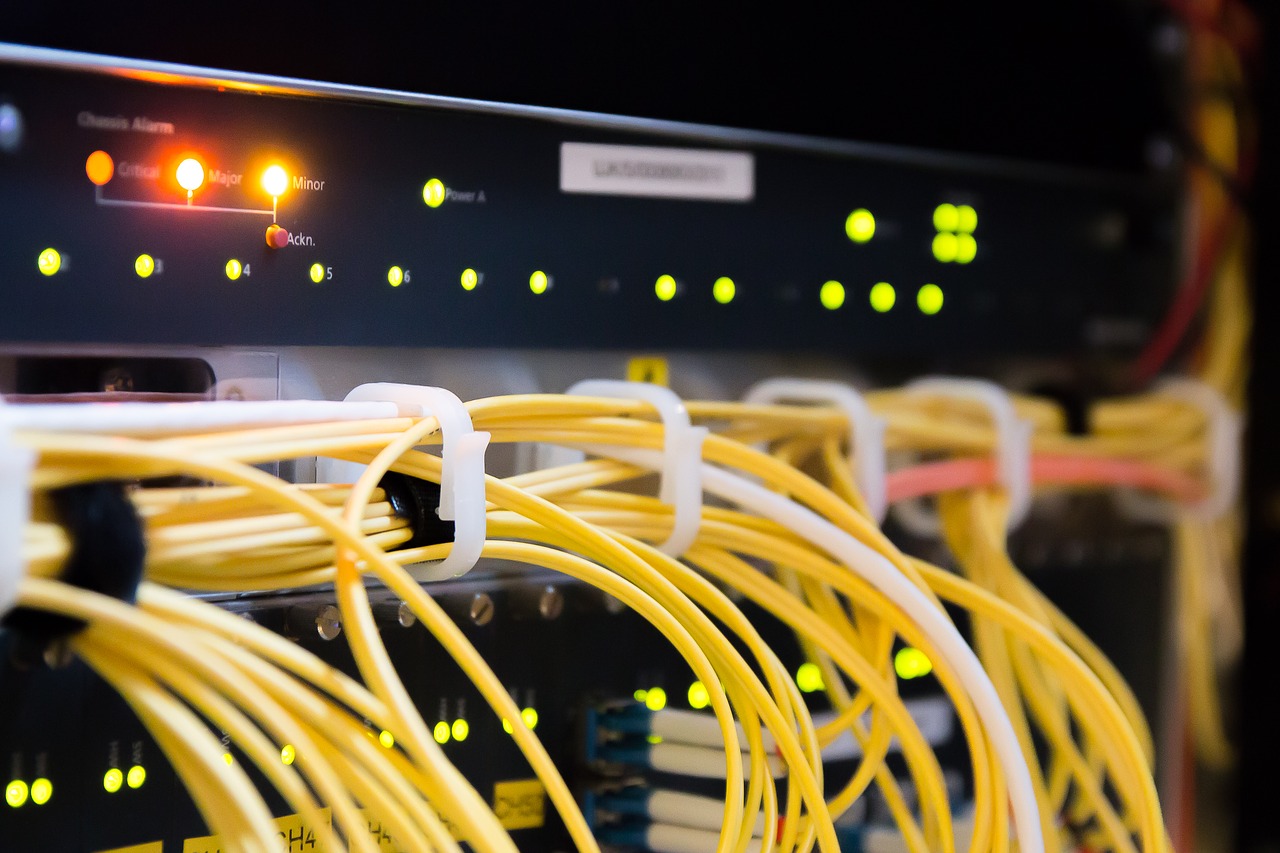Concurrent Technologies plc (LON:CNC) Chief Executive Officer Miles Adcock caught up with DirectorsTalk for an exclusive interview to discuss why FY22 results were delayed, 2022 overview, increased FY23 expectations and what we can expect beyond 2023.
Q1: Miles, your FY22 results have been published now but 2022 seems like a long time ago. Why did it take so long to get the results out?
A1: The audit took longer than we might have hoped. Two factors really, we had a new audit team, same audit partner but a new team and a new CFO and between the two of them, quite rightly, they did an extremely rigorous job at leaving no stone unturned.
A number of areas were identified where the prior years need to be restated. So, the largest impact there was the company historically for many years had not been accurately following correct protocol when capitalise products’ development and were indeed capitalising some overhead elements that required the last 7 years of all accounts to be restated. Quite a lot of work.
We also had a number of other areas where there had been perhaps minor omissions from the accounts such as dilapidations provision, for example, but it’s important it’s done correctly.
That all took quite a lot of time so yes, by the end, we used rather more time than we might have liked.
What I would say is the results though is a much more transparent, robust, trusted approach to manage the finances of this company and the data. So, I’m actually quite pleased with the outcome, it gives me a good solid foundation to take the business forward even though it took longer than we might have liked.
Q2: Could you give us a summary of 2022?
A2: In terms of operational performance, ’22 was dominated by component shortages, if we’re short on components, we struggle to make products and ship products. Therefore, it hits all aspects of financial performance.
Underneath the surface, though, we did all of the things we said we would do in terms of preparing the business for growth. Record order intake, £31.5 million, 25% better than the prior year, which was itself a record, so the front end of the business really starting to pick up. We did launch 8 products like we said we would which has doubled the cadence of prior years, roughly. We also did the groundwork for a systems business, we are now winning what we call systems contracts and we announced a £1.25 million win a few weeks ago.
Perhaps most importantly, we transitioned the business from 2021 where 80% of our purchase orders were for last time buy or end of life products, that’s a product portfolio running out of room, to 2022 where 80% of our purchase orders were for new and current products. That’s a real transition of a business now being on the front foot, we have products that customers are extremely interested in, fuelling order intake growth. That’s as a direct result of boosting the sales team and leaning hard into new product development which we’re very pleased to have achieved.
Q3: I see that market expectations for FY23 have increased as well, why was that?
A3: That is as simply as components becoming more readily available.
So, the prior market expectation was appropriately cautious and prudent and indeed this one is. We’ve had a good first half despite continued components challenges, a really good first half in terms of revenue and the second half will be stronger.
Rule of thumb, I would normally expect the revenue in one year to be broadly equivalent to the order intake last year, order intake last year was £31.5 million. Now, we’ll struggle to close that gap given we’re halfway through the year but we should see the business now transition into a period of growth.
Q4: Just looking forward, what we can expect looking beyond 2023?
A4: Substantial growth. So, we are focusing very much on our UK and US home markets, a lot of customer interest in our latest set of products. We have said we’re acquisitive now, when and what that looks like exactly, time will tell, but we have continued to put a lot of effort into that activity.
So, we should see this business transition into a period of growth, become larger, broader set of product offerings and really get our systems business now up and moving. That systems business should, over time, be equivalent in size or better than our core boards business.







































